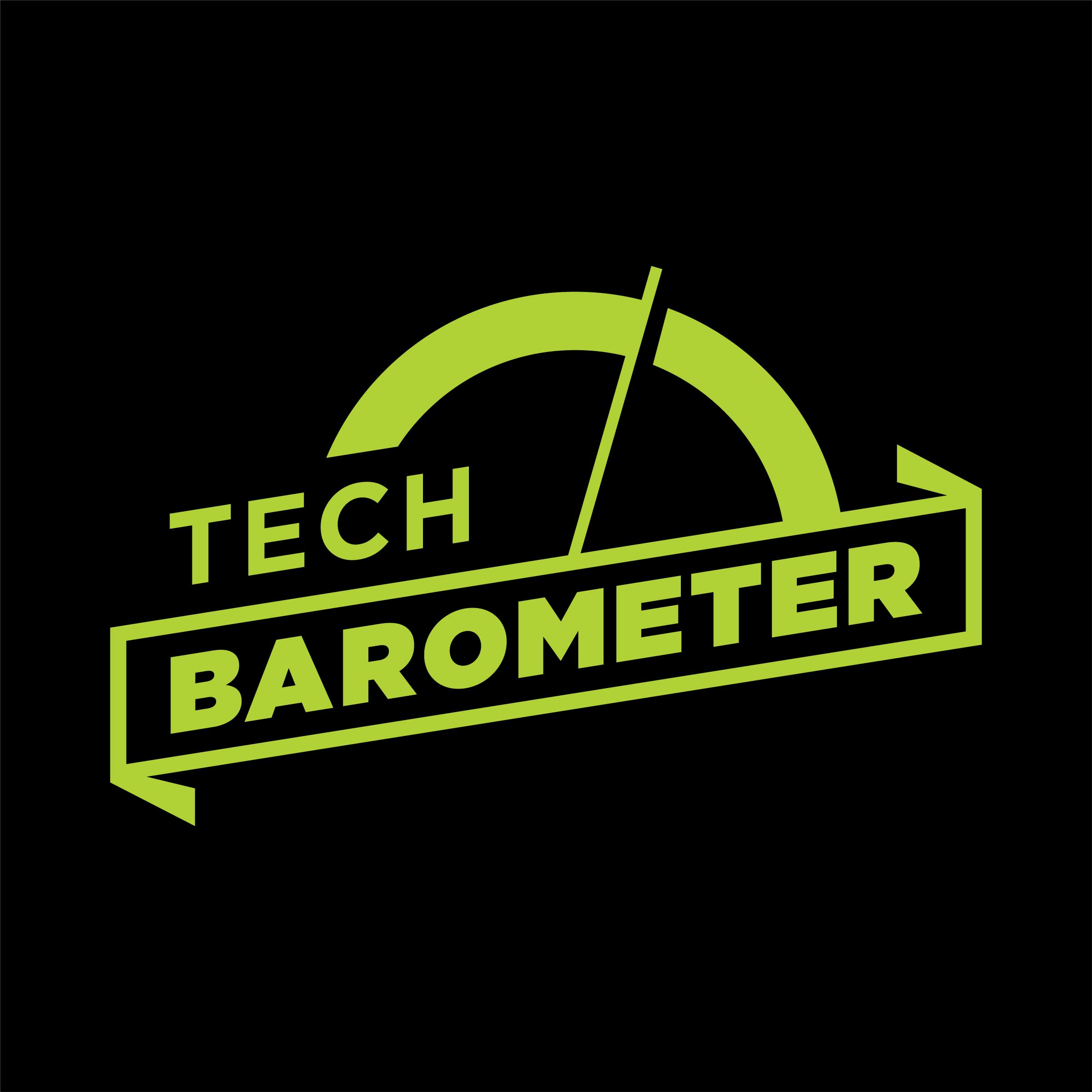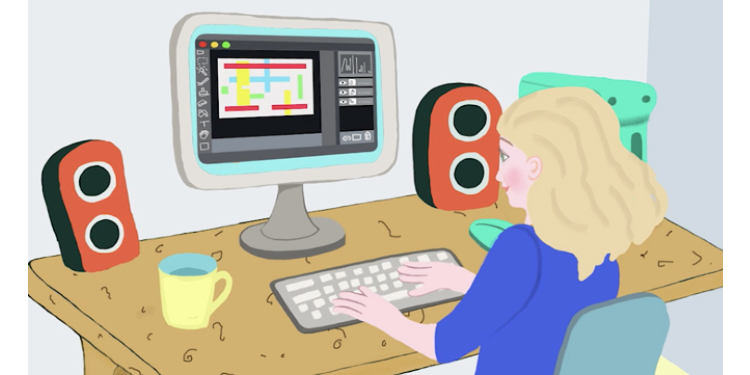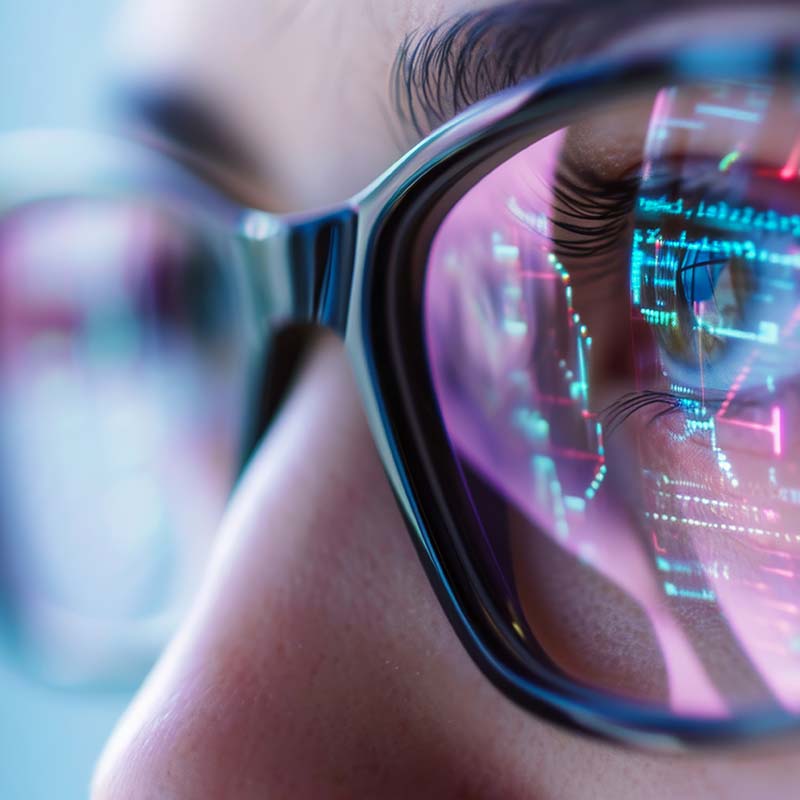Before the coronavirus crisis, Bowker saw VDI adoption plateaue, with around one-third of organizations adopting the technology. He said that may have jumped as high as approximately 80 percent during the crisis, before falling back to around 50 percent once most people are back to work, he predicts.
“People are going to realize that the technology works, that it’s secure, and that it delivers a good user experience,” he said.
Reduced Reliance on VPNs
Before the coronavirus shutdown, many organizations were relying on virtual private networks (VPNs) to allow employees to remotely access corporate resources. VPNs create a secure tunnel for workers and managers to remotely access data and applications, but the tool can sometimes be clunky, and Bowker said many companies are running into trouble as they try to scale out VPNs to their entire workforce.
“Suddenly, if you go to double, or triple, or even 10 times the number of users, you’re going to have performance problems,” he said. “It just doesn’t work.”
Expanded Remote Work Programs
Along with remote desktop solutions, a number of organizations are racing to adopt cloud collaboration suites, file sharing solutions, video conferencing tools, and other technologies that support remote work. In part because they now have these technologies in place – but also because executives are seeing just how productive their employees can be from home – Bowker predicts that more organizations will continue to make remote work a key part of their operations, even after the economy kicks back into gear.
“I think you’re going to see a range,” Bowker said. “You’re going to see some companies that are going to put all those employees back inside of offices and go back and operate as before. But you’re also going to see some companies that say, ‘This [remote workforce] really works, and a percentage of our employees really could benefit from this model.’”
More companies than before, Bowker predicts, will allow existing employees to work from home one or two days each week. Others will increasingly use flexible scheduling as a selling point to prospective hires, or as a way to bring in talent from a wider geographical area.
Renewed Emphasis On Security
In some ways, Bowker notes, remote work technologies may actually provide a security boost. If data is housed on central servers or in the cloud instead of on employee laptops, for instance, that greatly reduces the danger of a data breach resulting from a lost device.










